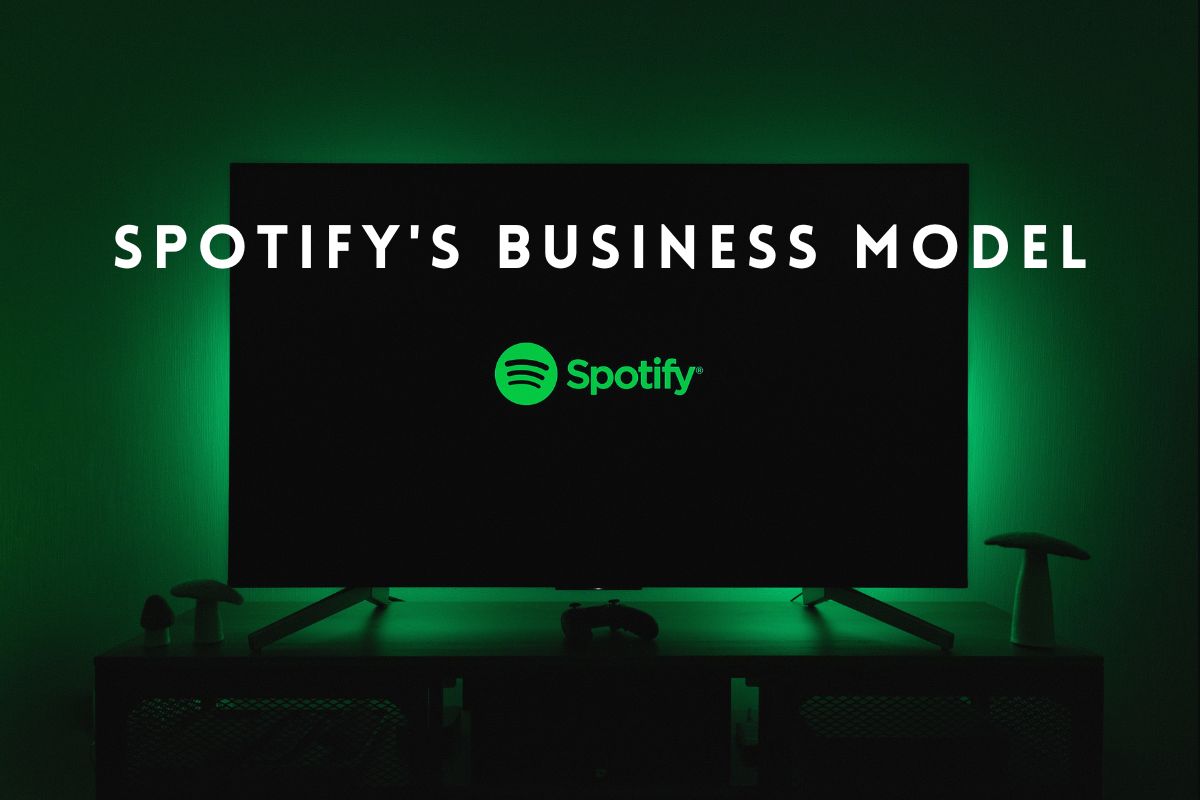Spotify has become a household name in the music industry, revolutionizing the way we consume music. By offering a streaming platform, Spotify has completely transformed the way people listen to music, and disrupted the traditional business model of record labels.
In this article, we will delve deep into Spotify’s Business Model, and explore how they make money, what are the advantages and disadvantages of their business model, and why they are so successful.
Table of Contents
ToggleCustomer Segments: Who are the Target Customers?
Spotify primarily targets two customer segments: millennials and music enthusiasts. Millennials, in particular, form a large part of their user base because they are tech-savvy and consume a lot of music. The platform is designed to cater to their needs by providing low-cost music, which can be accessed easily from their digital devices. Music enthusiasts are another important customer segment for Spotify, as they appreciate the vast library of music that is available on the platform.
Value Proposition: What are the Benefits of Using Spotify?
Spotify’s value proposition is simple: providing access to an extensive library of music at an affordable cost. By offering low-cost subscription plans, users can enjoy unlimited access to music from anywhere, at any time. This proposition appeals to customers who previously had to pay a high price for physical albums, CDs, or tapes. With Spotify, they can access music from anywhere in the world without having to purchase individual albums.
Channels: How Does Spotify Reach its Customers?
Spotify uses various channels to reach its customers, including social media, advertising, and partnerships with other companies. Their social media strategy is focused on engaging with users, creating playlists, and sharing new releases. Advertising is another important channel, and Spotify uses targeted ads to reach potential customers. They also partner with other companies to increase their visibility, such as with Uber and Starbucks.
Revenue Streams: How Does Spotify Make Money?
Spotify generates revenue through subscription fees and advertising. Premium subscribers pay a monthly fee for unlimited access to music, while non-premium users listen to music for free, but with advertisements. Advertisers pay for ad space on the platform, which is targeted to users based on their listening habits.
Key Partners: Who are Spotify’s Key Partners?
Spotify’s key partners include music publishers and musicians who upload their music to the platform. Music publishers like EMI and Sony upload catalogs of tens of millions of songs to Spotify, while musicians receive exposure on the platform to Spotify’s hundreds of millions of users. Spotify also partners with other companies, such as Uber and Starbucks, to increase its visibility.
Key Activities: What are Spotify’s Key Activities?
Spotify’s key activities include creating and maintaining relationships with music publishers, developing algorithms for targeted advertising, and continuously improving their user experience. They also work on expanding their platform to new markets and developing new features.
Cost Structure: What are Spotify’s Costs?
Spotify’s costs include licensing fees paid to music publishers, developing and maintaining their platform, and marketing and advertising expenses. As they continue to expand their platform and user base, their costs will likely increase.
Advantages and Disadvantages of Spotify’s Business Model
One of the advantages of Spotify’s business model is its low-cost subscription plans, which appeals to many customers. Another advantage is its vast library of music, which is constantly updated with new releases. However, there are also disadvantages to their model. For example, musicians may not receive fair compensation for their work, especially if their music is not popular. Additionally, Spotify’s dependence on licensing agreements with music publishers can be a double-edged sword, as it limits their ability to offer exclusive content to users.
Conclusion
In conclusion, the Spotify business model canvas has revolutionized the way we consume music. From the traditional physical format of CDs, tapes, and LPs to the digital age of downloading, and now to the era of streaming, Spotify has successfully adapted to the changing landscape of the music industry. Its two-sided platform caters to both the customers and the musicians, offering low-cost music to listeners and exposure and payment to the artists. The success of Spotify’s business model can be attributed to its ability to provide convenience, accessibility, and variety to its users while also generating revenue for both the company and the musicians. As the music industry continues to evolve, it will be interesting to see how Spotify adapts and innovates to stay ahead of the game.
Additional Resources
To keep learning and advancing your career, we highly recommend these additional resources:
7 Financial Models Used by Investment Bankers












